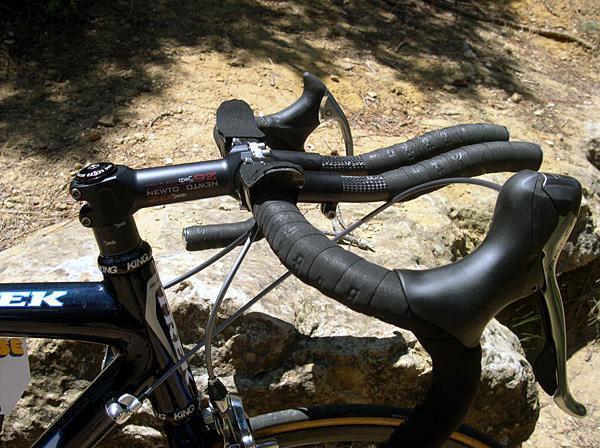This is a pic from the '03 TdF. You'll notice that his right shifter is STI, while the left is only a brake lever. Was there any advantage to engaging all you shifts with one hand? Any opinions? Thanks.
http://www.telegraph.co.uk/sport/ot...ong-not-favourite-to-win-Tour-Down-Under.html
http://www.telegraph.co.uk/sport/ot...ong-not-favourite-to-win-Tour-Down-Under.html






